NASA Spacecraft Survives Getting 95% of the Way to the Sun’s Surface
NASA’s Parker Solar Probe has survived another historic encounter with the sun, coming within 4.51 million miles of its surface on June 29, 2023. This remarkable achievement marks its 20th close flyby since its launch in 2018.
Traveling at a speed of 394,736 miles per hour, the probe is on a mission to unravel the mysteries of the sun’s outer corona.
Mission Milestone
The Parker Solar Probe’s latest perihelion, or closest approach, was achieved at 11:47 p.m. EDT on June 29, 2023. This milestone brings the probe to less than 5% of the Earth-sun distance.
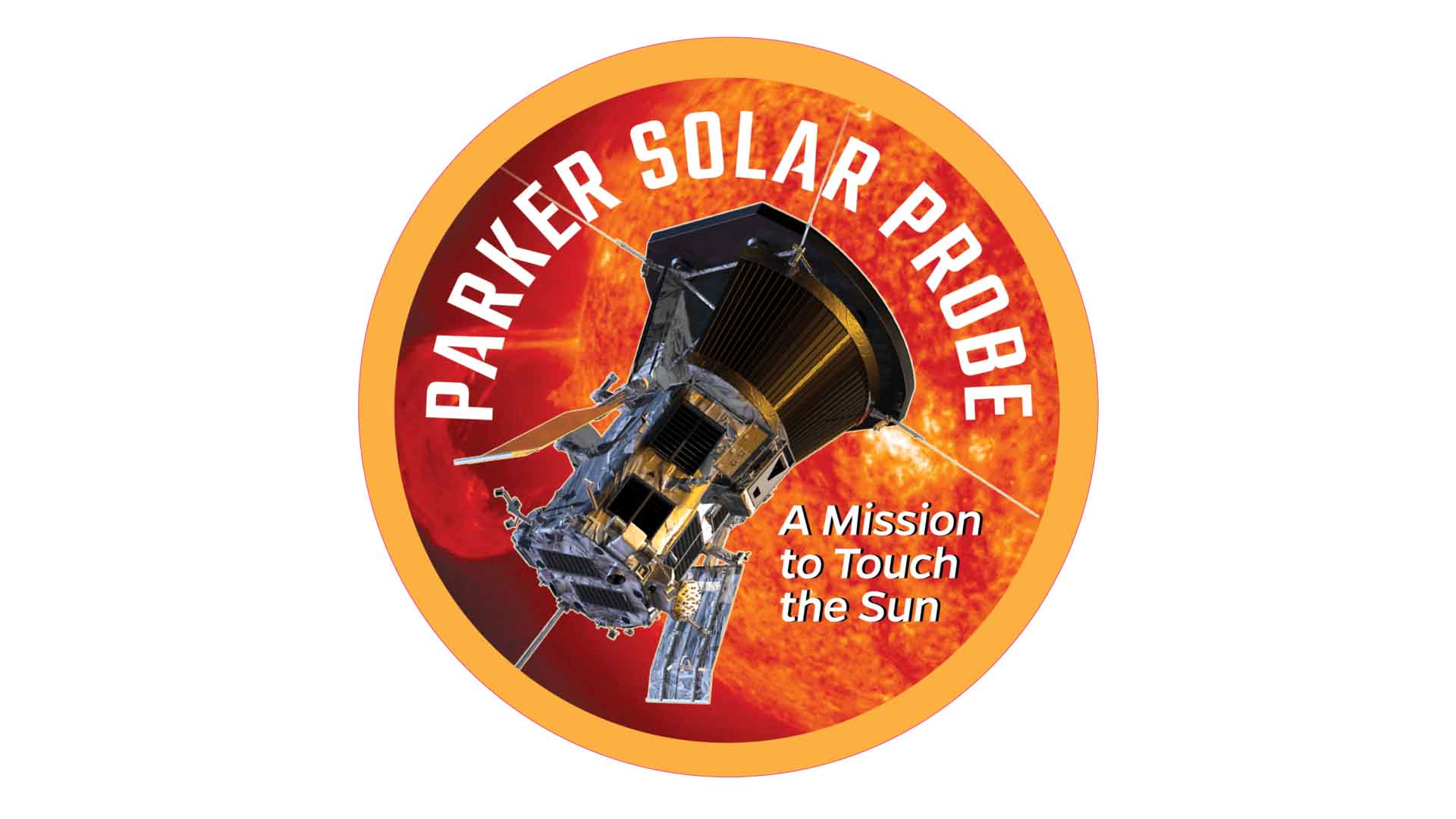
Source: NASA
With each pass, the probe provides invaluable data about the sun’s atmosphere, helping scientists understand solar wind and space weather better.
A Record Speed
As it reached its closest point to the sun, the Parker Solar Probe was traveling at a record speed of 394,736 miles per hour.

Source: Freepik
This speed is crucial for the spacecraft to withstand the intense heat and radiation from the sun, allowing it to gather data without being damaged.
Upcoming Flybys
The Parker Solar Probe has several more close passes scheduled before the end of its mission. Its 21st encounter is set for September 30, followed by its 22nd on December 24, 2023.

Source: NASA's Scientific Visualization Studio - A. J. Christensen, Scott Wiessinger/Wikimedia Commons
The mission will continue with additional close passes in March and June 2024, with the probe coming even closer to the sun each time.
The 24th Perihelion
On June 19, 2024, the Parker Solar Probe will achieve its 24th perihelion, coming within just 3.8 million miles of the sun.
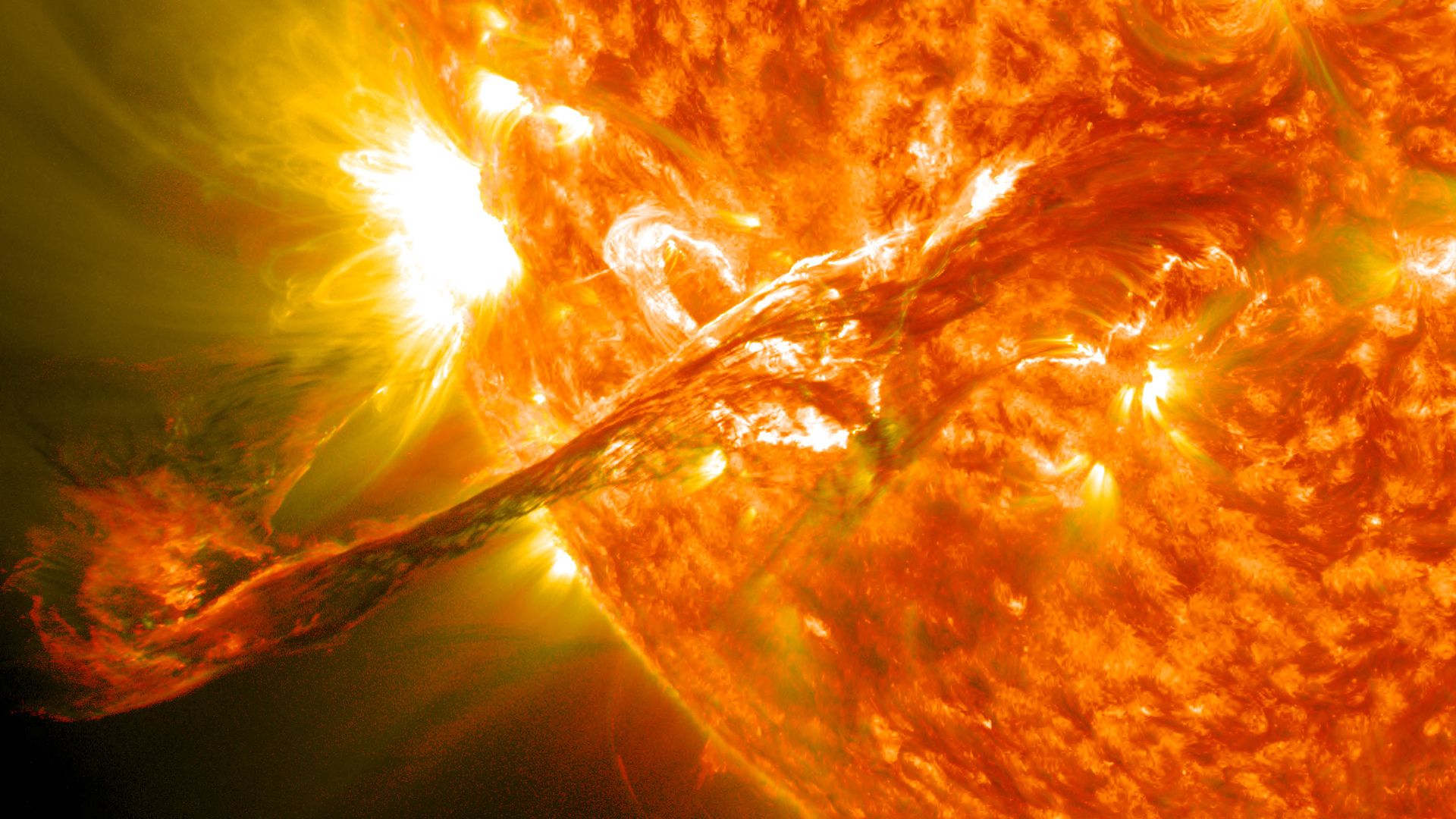
Source: NASA Goddard Space Flight Center/Wikimedia Commons
During this pass, it will travel at an astonishing speed of 430,000 miles per hour, providing even more detailed data on the sun’s outer corona and solar wind.
Studying the Solar Corona
The primary mission of the Parker Solar Probe is to study the sun’s outer corona. By understanding the corona, scientists hope to gain insights into the origins of the solar wind, which affects the entire solar system.
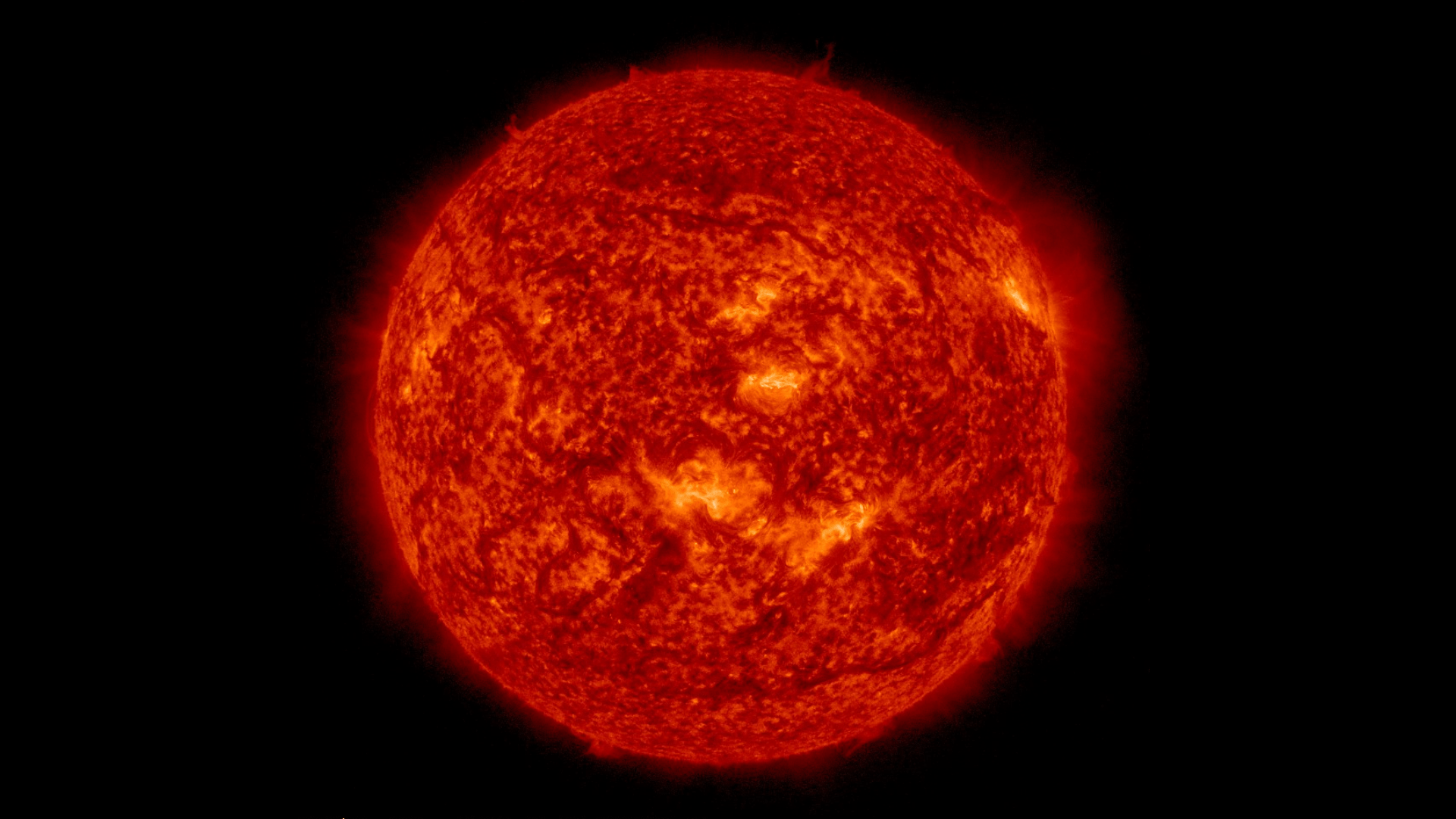
Source: NASA/Wikimedia Commons
This research is important for predicting space weather and its impacts on Earth.
Importance of Solar Wind Research
Solar wind research helps scientists determine the boundary of the solar system and improves space weather predictions.
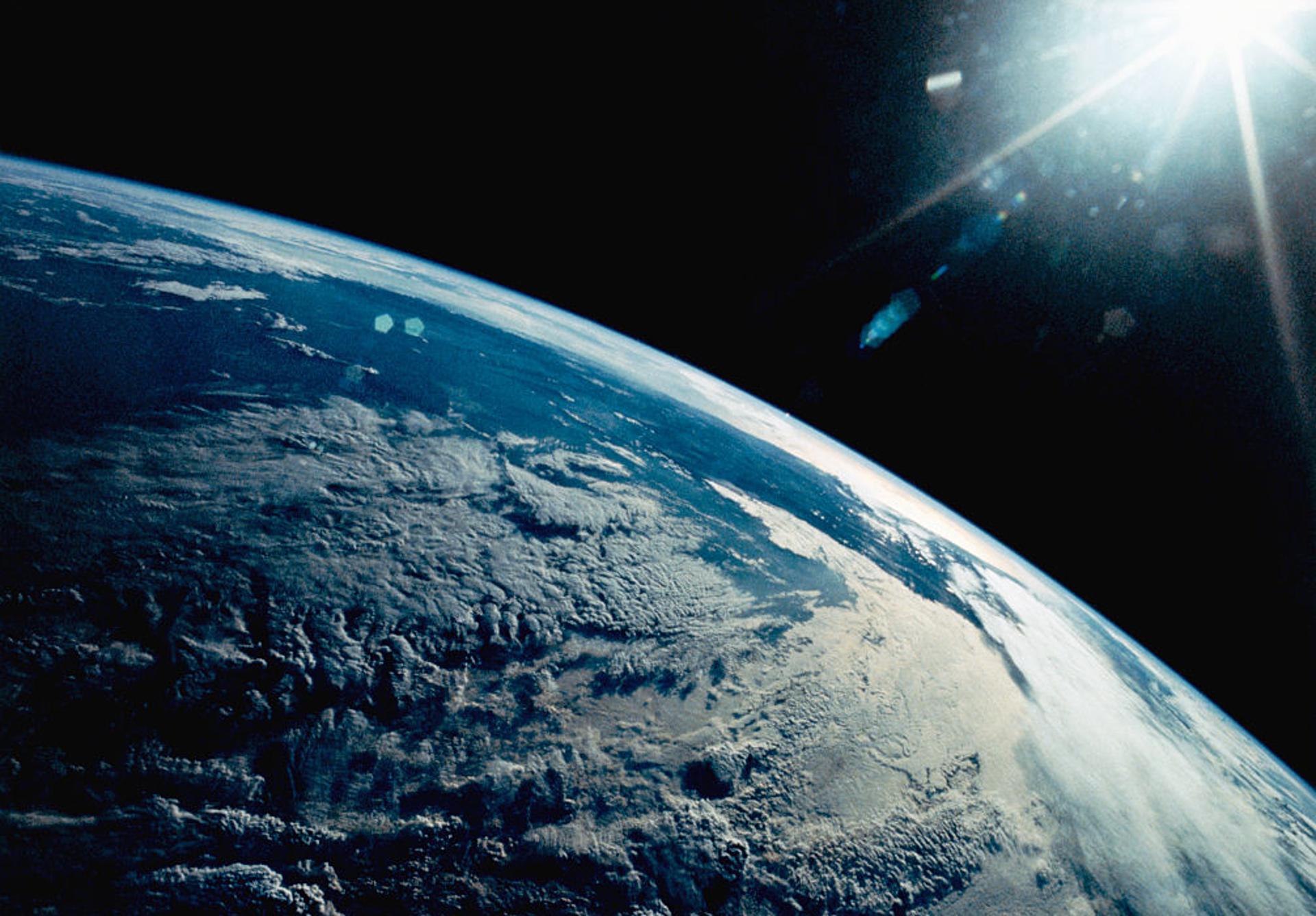
Source: Getty Images
Space weather can disrupt communications, damage satellites, and harm astronauts. Understanding solar wind is essential for mitigating these risks and protecting technology and human life.
First CME Encounter
In a groundbreaking achievement, the Parker Solar Probe became the first spacecraft to fly through a coronal mass ejection (CME) in September 2022.
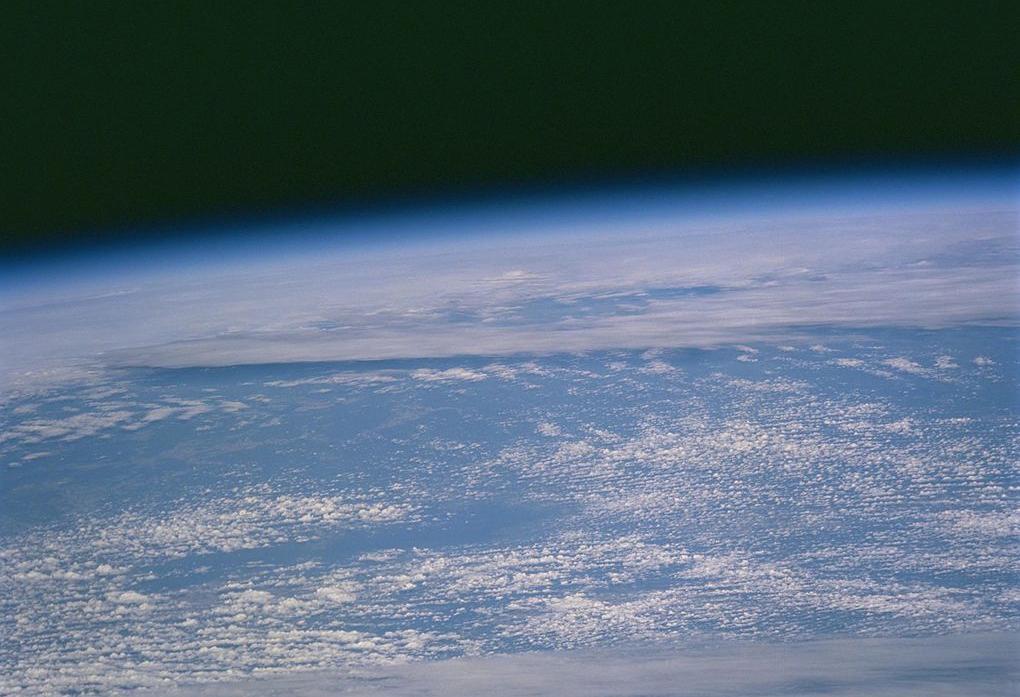
Source: Wikimedia
CMEs are massive eruptions from the sun’s surface that can cause geomagnetic storms on Earth, leading to stunning auroras and potential disruptions in technology.
Impact of CMEs
When a CME is Earth-directed, it can cause geomagnetic storms that disrupt satellite operations, power grids, and communications.
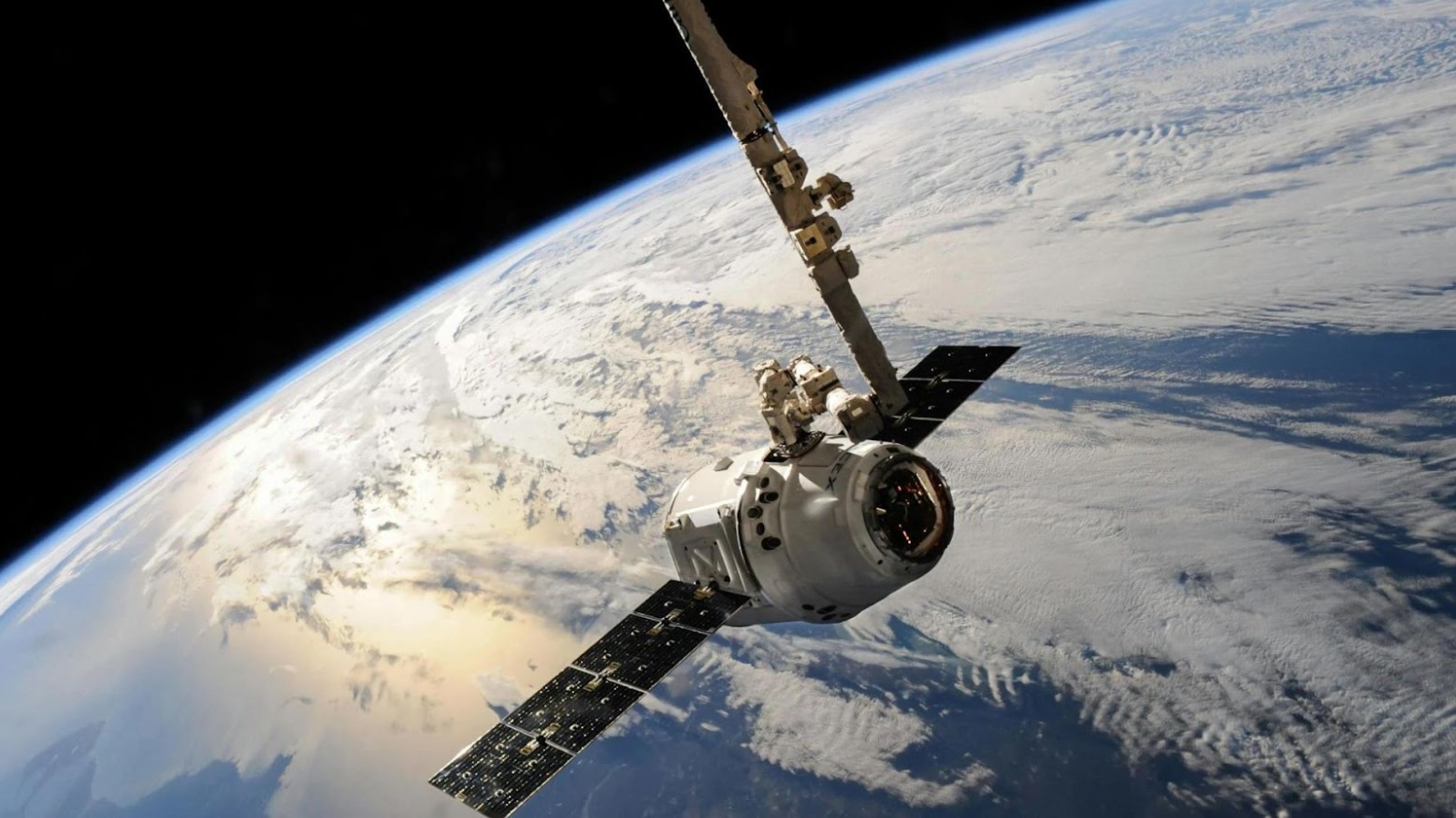
Source: SpaceX/Pexels
The Parker Solar Probe’s encounter with a CME provides valuable data to help scientists predict and mitigate the effects of these powerful solar events.
Heliophysics Big Year
NASA’s Heliophysics Big Year celebrates solar science and the sun’s influence on Earth.

Source: NASA's Scientific Visualization Studio - Scott Wiessinger/Wikimedia Commons
Beginning with the annular solar eclipse on October 14, 2023, this initiative highlights the importance of studying the sun and concludes with the Parker Solar Probe’s closest approach in December 2024.
Advancing Solar Science
The data collected by the Parker Solar Probe advances our understanding of the sun and its effects on the solar system.
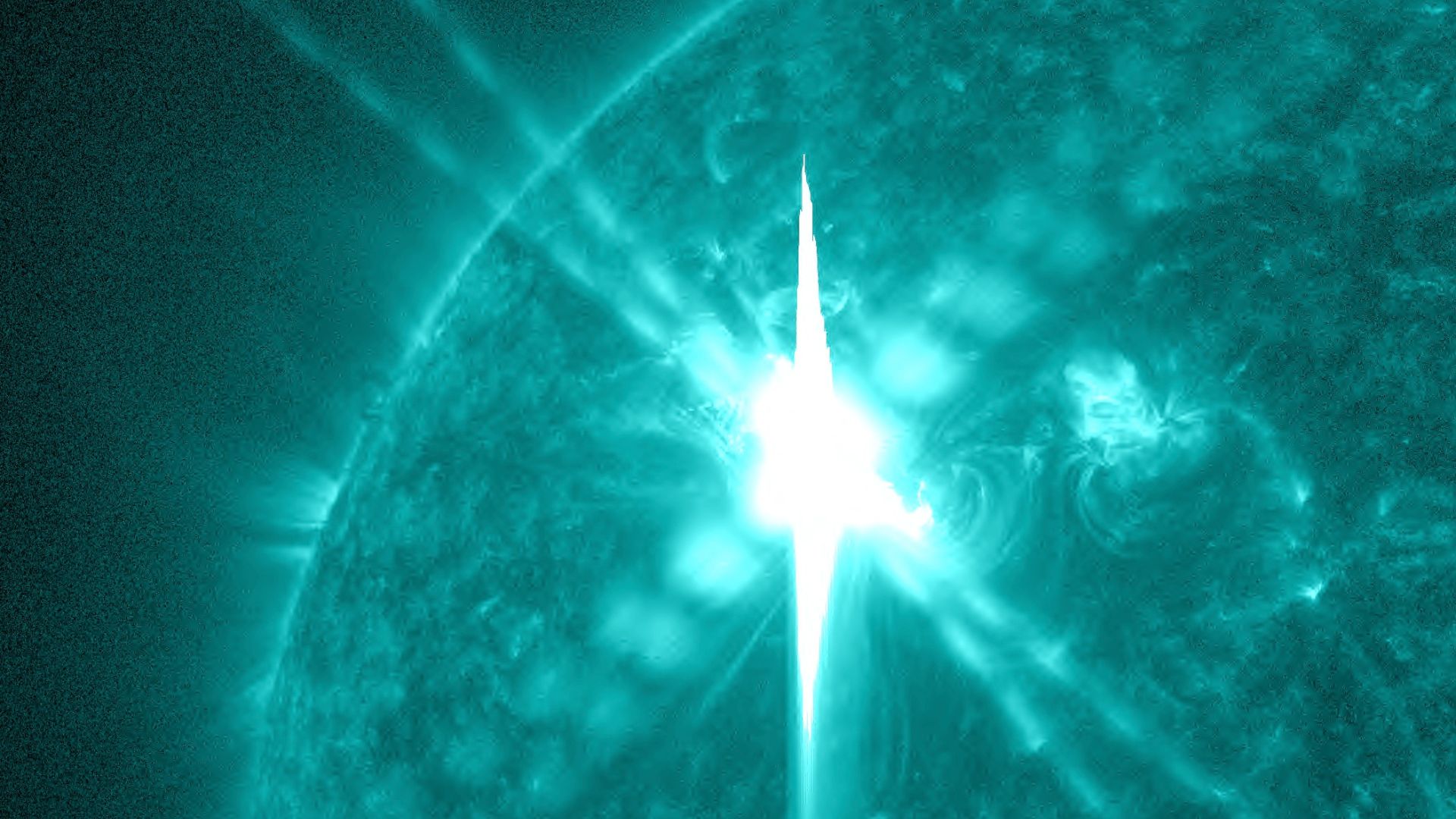
Source: NASA Goddard Space Flight Center/Wikimedia Commons
This knowledge is vital for improving space weather predictions, protecting technology, and ensuring the safety of astronauts on future missions.
The Journey Continues
The Parker Solar Probe’s mission is far from over. With several more close passes scheduled, the spacecraft will continue to gather groundbreaking data, helping scientists unlock the secrets of the sun.

Source: Freepik
As it ventures closer to the solar surface, the probe’s discoveries will pave the way for future space exploration.
